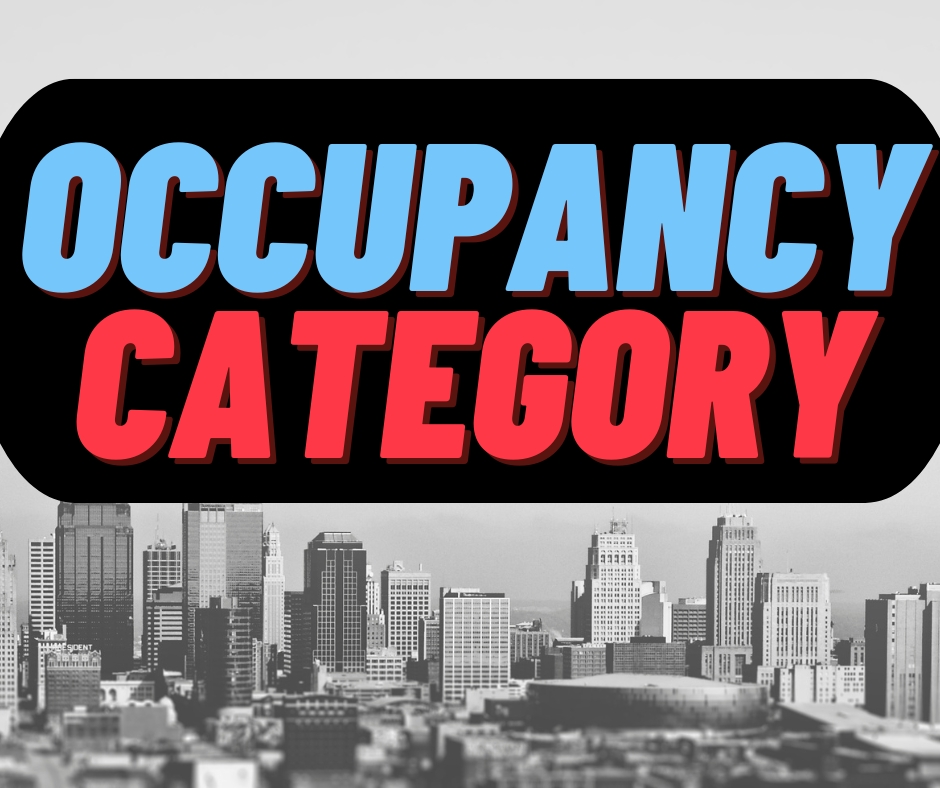The Occupancy Category of a building as per BNBC 2020 or ASCE 7-05 refers to the classification of buildings and structures based on their use, importance, and the consequences of their failure. This classification influences the design requirements for seismic, wind, and other environmental loads.
BNBC 2020 or ASCE 7-05 defines four occupancy categories, as outlined below:
Occupancy Category I
Definition: Buildings and structures that represent a low hazard to human life in the event of failure.
Examples:
Agricultural facilities
Minor storage facilities
Certain temporary facilities
Occupancy Category II
Definition: Buildings and structures that are not explicitly included in Categories I, III, or IV.
Examples:
Most residential, commercial, and industrial buildings
Occupancy Category III
Definition: Buildings and structures that could pose a substantial risk to human life or have significant societal impacts in the event of failure.
Examples:
Schools
Buildings with a high occupancy load (e.g., theaters, sports arenas)
Certain critical infrastructure (e.g., water treatment facilities serving large populations)
Occupancy Category IV
Definition: Buildings and structures that are essential to post-disaster recovery or are critical for public safety.
Examples:
Hospitals
Emergency response centers
Power-generating stations
Water storage facilities for emergency fire suppression
Aviation control towers
Why the Classification Matters
Higher Occupancy Categories require stricter design criteria to ensure the safety and operational functionality of the structures during and after extreme events such as earthquakes, hurricanes, or floods.
